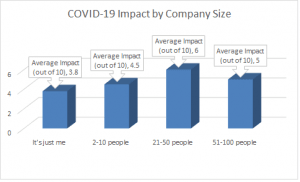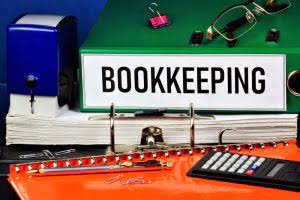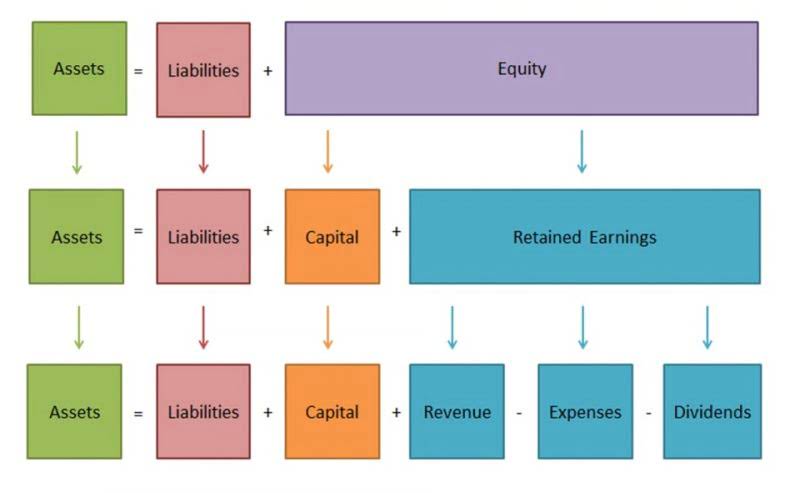
Only ”accredited” investors, those with a net worth of at least $1 million, can take part in private equity or venture capital partnerships. For investors who don’t meet this marker, there is the option of private equity exchange-traded funds (ETFs). A final type of private equity is a Private Investment in a Public Company (PIPE).

How does accurate equity calculation affect financial analysis?
In the case of an acquisition, it is the value of company sales minus any liabilities owed by the company that are not transferred with the sale. Equity, or shareholder’s equity, is what’s left after subtracting liabilities from assets. It shows the money put in by owners and profits kept in the company. In conclusion, understanding the balance sheet and the concept of equity is vital for evaluating a company’s financial health and value. A balance sheet is a financial statement that provides a snapshot of a company’s financial position at a specific point in time.
Non-Current Liabilities
Once all liabilities are taken care of in the hypothetical liquidation, the residual value, or “book value of equity,” represents the remaining proceeds that could be distributed among shareholders. Moreover, liquidation value is not the same as shareholder equity. During a liquidation process, the value of physical assets is reduced, and there are other total equity formula extraordinary conditions that make the two numbers incompatible. Retained earnings should not be confused with cash or other liquid assets. The retained earnings are used primarily for the expenses of doing business and for the expansion of the business.

Example of Shareholders’ Equity: Perkbox Limited
Current assets include cash and anything that can be converted to cash within a year, such as accounts receivable and inventory. Outstanding shares refers to the amount of stock that had been sold to investors but have not been repurchased by the company. The number of outstanding shares is taken into account when assessing the value of shareholder’s equity. For a sole proprietorship or partnership, the value of equity is indicated as the owner’s or the partners’ capital account on the balance sheet. The balance sheet also indicates the amount of money taken out as withdrawals by the owner or partners during that accounting period.
Looking at Equity in Different Business Phases
- Net Current Assets represent the difference between a company’s current assets and current liabilities.
- Business growth can have a positive impact on equity as it often leads to increased revenues, profits, and asset values.
- The numbers for total assets and total liabilities are $3.18 trillion and $2.88 trillion, respectively.
- As assets increase, the value of the company increases, which increases the value of shareholders’ ownership stake in the company.
- Notes payable may also have a long-term version, which includes notes with a maturity of more than one year.
- In their case, total equity is simply invested funds plus all subsequent earnings.
Therefore, the stockholder’s equity of PRQ Ltd as on March 31, 20XX stood at $140,000. The global adherence to the double-entry accounting system makes the account-keeping and -tallying processes more standardized and foolproof. The hard-coded inputs Interior Design Bookkeeping are entered in blue font, while the calculations (i.e. the ending total for each section) are in black font.

Everything You Need To Master Financial Modeling
Balance sheets are one of the primary statements used to determine the net worth of a company and get a quick overview of it’s financial health. The ability to read and understand a balance sheet is a crucial skill for anyone involved in business, but it’s one that many people lack. Suppose Company B has $5 million in assets but $4.5 million in liabilities.
- Equity can be classified into different types based on the source of the funds.
- In practice, the balance sheet offers insights into the current state of a company’s financial position at a predefined point in time, akin to a snapshot.
- This formula is known as the investor’s equation where you have to compute the share capital and then ascertain the retained earnings of the business.
- Treasury shares can always be reissued back to stockholders for purchase when companies need to raise more capital.
The company’s stockholders are usually interested in unearned revenue the stockholder’s equity, and they are concerned about the company’s earnings. Further, the Shareholder’s purchase of company stock over a period gives them the right to vote in the board of directors elections and yields capital gains for them. All such paybacks maintain the stockholder’s interest in the company’s equity.

Retained earnings are typically reinvested back into the business, either through the payment of debt, to purchase assets, or to fund daily operations. Total liabilities are also broken down into current and long-term categories. Current liabilities are debts that are due for repayment within one year, such as accounts payable and tax obligations. Long-term liabilities are those that are due for repayment in periods beyond one year; they include bonds payable, leases, and pension obligations. Book value of equity is what you get from the balance sheet by subtracting debts from assets.
Example of Net Current Liabilities

Rebel Energy Supply Limited, which provides energy services, helps explain amortisation in a simple way. For instance, in 2023, they had intangible assets worth £530,534, compared to £184,383 in 2022. Parkopedia Limited is a UK-registered company that provides digital parking services, offering real-time information on parking spaces through online platforms and apps. In their balance sheet as of 31 December 2022, Parkopedia reports tangible fixed assets valued at £81,914, which are depreciated over time.
Lämna ett svar